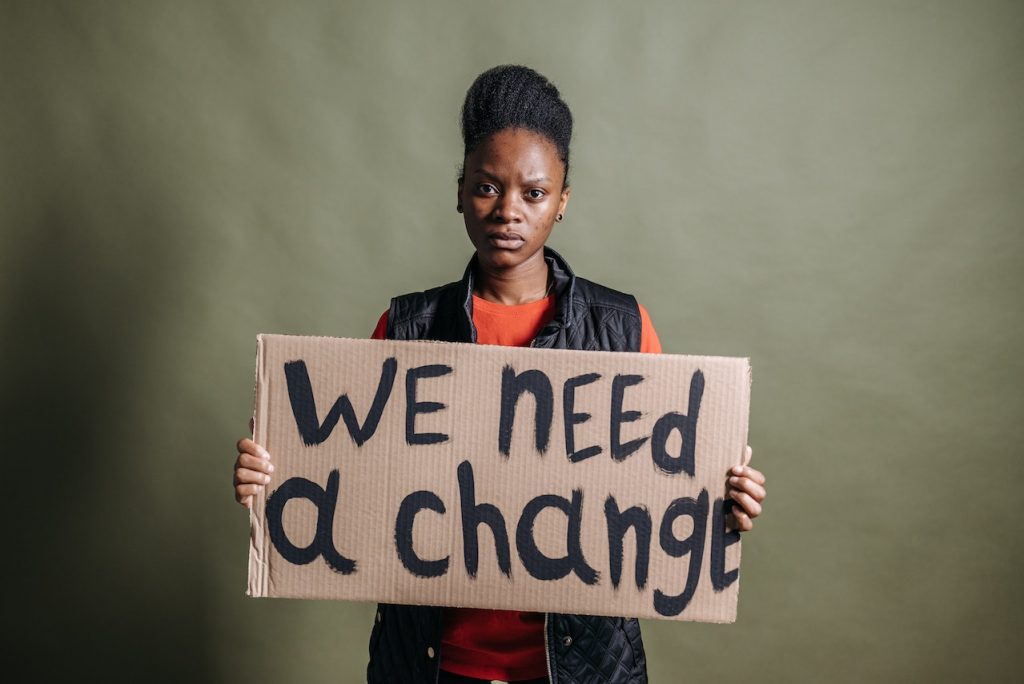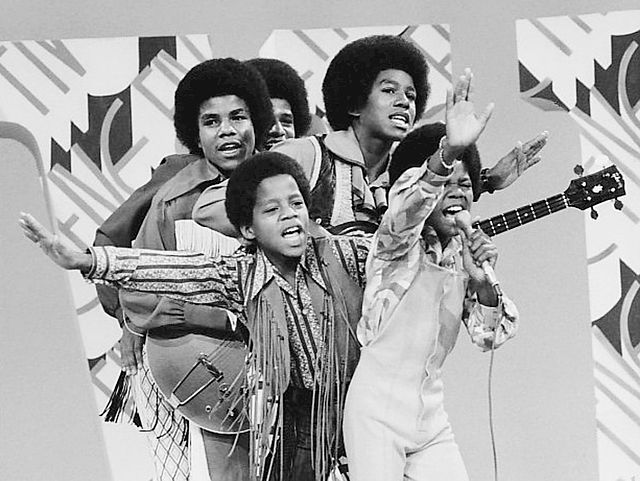
GUEST POST from Robyn Bolton
On August 27, Pumpkin Spice season began. It was the earliest ever launch of Starbucks’ Pumpkin Spice Latte and it kicked off a season in which everything from Cheerios to protein powder to dog shampoo promises the nostalgia of Grandma’s pumpkin pie.
Since its introduction in 2003, the Pumpkin Spice Latte has attracted its share of lovers and haters but, because it’s a seasonal offering, the hype fades almost as soon as it appears.
Sadly, the same cannot be said for its counterpart in corporate innovation — The Shark Tank/Hackathon/Lab Week.
It may seem unfair to declare Shark Tanks the Pumpkin Spice of corporate innovation, but consider the following:
- They are events. There’s nothing wrong with seasonal flavors and events. After all, they create a sense of scarcity that spurs people to action and drives companies’ revenues. However, there IS a great deal wrong with believing that innovation is an event. Real innovation is not an event. It is a way of thinking and problem-solving, a habit of asking questions and seeking to do things better, and of doing the hard and unglamorous work of creating, learning, iterating, and testing required to bring innovation — something different that creates value — to life.
- They appeal to our sense of nostalgia and connection. The smell and taste of Pumpkin Spice bring us back to simpler times, holidays with family, pie fresh and hot from the oven. Shark Tanks do the same. They remind us of the days when we believed that we could change the world (or at least fix our employers) and when we collaborated instead of competed. We feel warm fuzzies as we consume (or participate in) them, but the feelings are fleeting, and we return quickly to the real world.
- They pretend to be something they’re not. Starbucks’ original Pumpkin Spice Latte was flavored by cinnamon, nutmeg, and clove. There was no pumpkin in the Pumpkin Spice. Similarly, Shark Tanks are innovation theater — events that give people an outlet for their ideas and an opportunity to feel innovation-y for a period of time before returning to their day-to-day work. The value that is created is a temporary blip, not lasting change that delivers real business value.
But it doesn’t have to be this way.
If you’re serious about walking the innovation talk, Shark Tanks can be a great way to initiate and accelerate building a culture and practice of innovation. But they must be developed and deployed in a thoughtful way that is consistent with your organization’s strategy and priorities.
- Make Shark Tanks the START of an innovation effort, not a standalone event. Clearly establish the problems or organizational priorities you want participants to solve and the on-going investment (including dedicated time) that the company will make in the winners. Allocate an Executive Sponsor who meets with the team monthly and distribute quarterly updates to the company to share winners’ progress and learnings
- Act with courage and commitment. Go beyond the innovation warm fuzzies and encourage people to push the boundaries of “what we usually do.” Reward and highlight participants that make courageous (i.e. risky) recommendations. Pursue ideas that feel a little uncomfortable because the best way to do something new that creates value (i.e. innovate) is to actually DO something NEW.
- Develop a portfolio of innovation structures: Just as most companies use a portfolio of tools to grow their core businesses, they need a portfolio of tools to create new businesses. Use Shark Tanks to the surface and develop core or adjacent innovation AND establish incubators and accelerators to create and test radical innovations and business models AND fund a corporate VC to scout for new technologies and start-ups that can provide instant access to new markets.
Conclusion
Whether you love or hate Pumpkin Spice Lattes you can’t deny their impact. They are, after all, Starbucks’ highest-selling seasonal offering. But it’s hard to deny that they are increasingly the subject of mocking memes and eye rolls, a sign that their days, and value, maybe limited.
(Most) innovation events, like Pumpkin Spice, have a temporary effect. But not on the bottom-line. During these events, morale, and team energy spike. But, as the excitement fades and people realize that nothing happened once the event was over, innovation becomes a meaningless buzzword, evoking eye rolls and Dilbert cartoons.
Avoid this fate by making Shark Tanks a lasting part of your innovation menu — a portfolio of tools and structures that build and sustain a culture and practice of innovation, one that creates real financial and organizational value.
Image credit: Unsplash
![]() Sign up here to get Human-Centered Change & Innovation Weekly delivered to your inbox every week.
Sign up here to get Human-Centered Change & Innovation Weekly delivered to your inbox every week.










